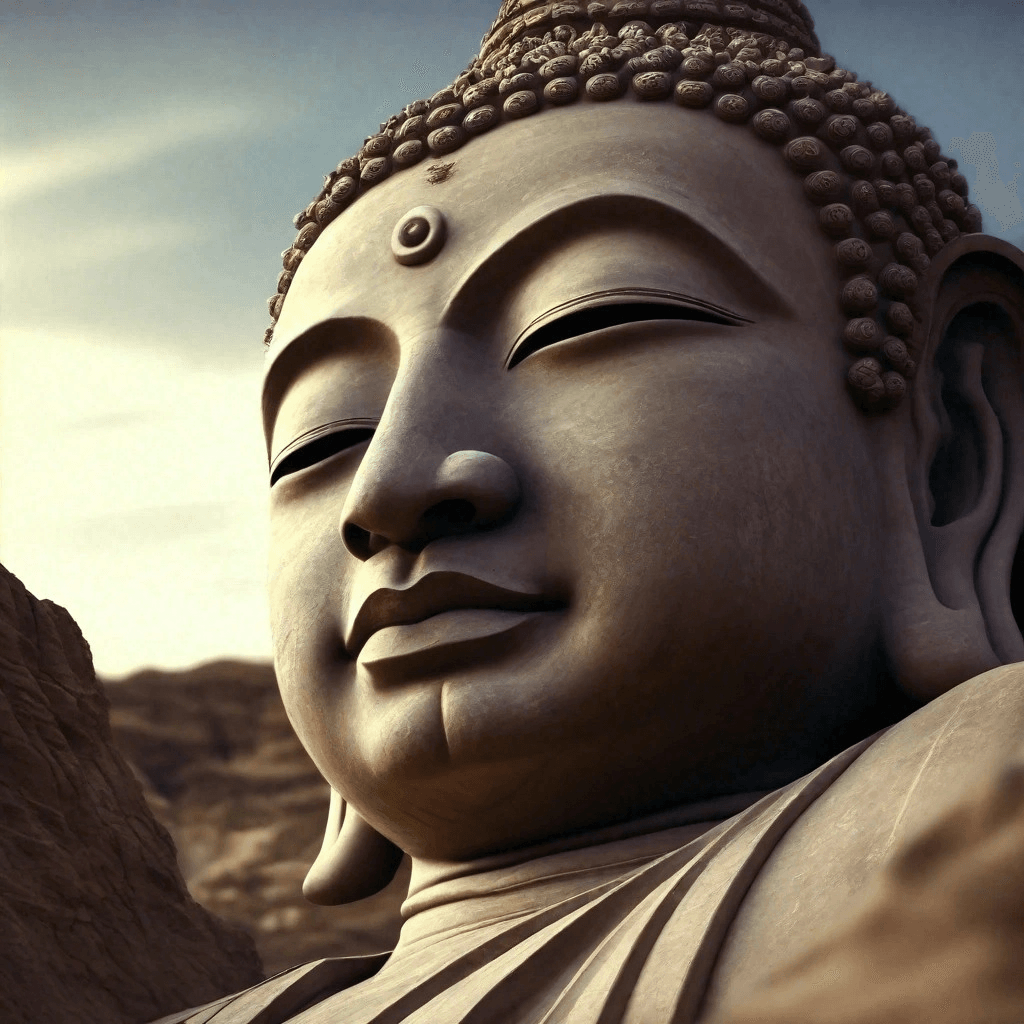
47.Exploring the Chakras and Their Role in Yoga
<h2>Exploring the Chakras and Their Role in Yoga</h2>
Chakras are fundamental to understanding the holistic practice of yoga, representing energy centers within the body that influence physical, emotional, and spiritual well-being. The concept of chakras originates from ancient Indian traditions and is integral to various yogic practices aimed at achieving balance and enlightenment. This guide delves into the chakras’ significance, their characteristics, and how they are harnessed in yoga.
<h2> 1. Understanding Chakras</h2>
Definition and Origin:
– Chakras: The term “chakra” means “wheel” or “disk” in Sanskrit. Chakras are spinning wheels of energy located along the spine, each corresponding to different physical, emotional, and spiritual aspects.
– Historical Context: The concept of chakras is rooted in ancient Indian texts like the Vedas, Upanishads, and Tantras, which describe the subtle energy body and its relationship to overall health and consciousness.
The Seven Main Chakras:
– Seven Primary Chakras: While there are many chakras in the body, the primary focus is on seven main chakras, each located at specific points along the spine, from the base to the crown of the head.
<h2> 2. The Seven Main Chakras</h2>
<h3>1. Root Chakra (Muladhara):</h3>
– Location: Base of the spine
– Color: Red
– Element: Earth
– Attributes: Stability, security, grounding, survival instincts
– Imbalance Symptoms: Fear, anxiety, insecurity, financial instability
– Balancing Practices: Grounding yoga poses (e.g., Mountain Pose, Warrior Poses), meditation focused on the earth element, visualization of a red lotus
<h3>2. Sacral Chakra (Svadhisthana):</h3>
– Location: Lower abdomen, below the navel
– Color: Orange
– Element: Water
– Attributes: Creativity, sexuality, pleasure, emotional balance
– Imbalance Symptoms: Guilt, emotional instability, sexual dysfunction, lack of creativity
– Balancing Practices: Hip-opening yoga poses (e.g., Pigeon Pose, Bound Angle Pose), creative activities, visualization of an orange lotus
<h3>3. Solar Plexus Chakra (Manipura):</h3>
– Location: Upper abdomen, around the navel
– Color: Yellow
– Element: Fire
– Attributes: Personal power, confidence, willpower, digestion
– Imbalance Symptoms: Low self-esteem, lack of control, digestive issues
– Balancing Practices: Core-strengthening yoga poses (e.g., Boat Pose, Plank), breath of fire pranayama, visualization of a yellow lotus
<h3>4. Heart Chakra (Anahata):</h3>
– Location: Center of the chest
– Color: Green
– Element: Air
– Attributes: Love, compassion, forgiveness, relationships
– Imbalance Symptoms: Grief, hatred, jealousy, respiratory issues
– Balancing Practices: Heart-opening yoga poses (e.g., Camel Pose, Bridge Pose), loving-kindness meditation, visualization of a green lotus
<h3>5. Throat Chakra (Vishuddha):</h3>
– Location: Throat
– Color: Blue
– Element: Ether
– Attributes: Communication, self-expression, truth
– Imbalance Symptoms: Shyness, difficulty expressing oneself, throat issues
– Balancing Practices: Neck and shoulder yoga poses (e.g., Shoulder Stand, Fish Pose), chanting or singing, visualization of a blue lotus
<h3>6. Third Eye Chakra (Ajna):</h3>
– Location: Between the eyebrows
– Color: Indigo
– Element: Light
– Attributes: Intuition, insight, imagination, clarity
– Imbalance Symptoms: Lack of intuition, confusion, headaches
– Balancing Practices: Meditation focused on the third eye, visualization techniques, visualization of an indigo lotus
<h3>7. Crown Chakra (Sahasrara):</h3>
– Location: Top of the head
– Color: Violet or white
– Element: Cosmic energy
– Attributes: Spiritual connection, enlightenment, transcendence
– Imbalance Symptoms: Spiritual disconnection, cynicism, neurological disorders
– Balancing Practices: Meditation for spiritual awareness, prayer, visualization of a violet or white lotus
<h3> 3. Chakras in Yoga Practice</h3>
<h3>Asana (Physical Postures):</h3>
– Purpose: Specific yoga poses target and activate different chakras, promoting energy flow and balance.
– Examples:
– Root Chakra: Mountain Pose (Tadasana), Warrior I (Virabhadrasana I)
– Heart Chakra: Camel Pose (Ustrasana), Bridge Pose (Setu Bandhasana)
– Third Eye Chakra: Child’s Pose (Balasana), Dolphin Pose (Ardha Pincha Mayurasana)
<h3>Pranayama (Breath Control):</h3>
– Purpose: Pranayama techniques regulate the flow of prana (life force) through the chakras, enhancing energy balance.
– Examples:
– Root Chakra: Deep diaphragmatic breathing
– Solar Plexus Chakra: Breath of fire (Kapalabhati)
– Throat Chakra: Ujjayi breath (victorious breath)
<h3>Meditation and Visualization:</h3>
– Purpose: Meditation and visualization techniques focus on the chakras to clear blockages and promote energy flow.
– Examples:
– Heart Chakra: Loving-kindness meditation (Metta Bhavana)
– Third Eye Chakra: Trataka (candle gazing meditation)
– Crown Chakra: Sahasrara meditation (visualizing a lotus flower at the crown of the head)
<h3>Mantras and Affirmations:</h3>
– Purpose: Chanting specific sounds or repeating affirmations resonate with particular chakras, aiding in their activation and balance.
– Examples:
– Root Chakra: Chanting the mantra “Lam”
– Sacral Chakra: Chanting the mantra “Vam”
– Throat Chakra: Chanting the mantra “Ham”
<h2> 4. Balancing and Healing Chakras</h2>
<h3>Holistic Approaches:</h3>
– Diet and Nutrition: Eating foods that correspond to each chakra’s color and energy (e.g., red foods for the Root Chakra, green leafy vegetables for the Heart Chakra).
– Crystals and Gemstones: Using specific crystals associated with each chakra for healing (e.g., amethyst for the Crown Chakra, rose quartz for the Heart Chakra).
– Aromatherapy: Utilizing essential oils that resonate with each chakra (e.g., patchouli for the Root Chakra, lavender for the Third Eye Chakra).
<h3>Professional Guidance:</h3>
– Energy Healers: Consulting with Reiki practitioners, chakra healers, or other energy workers for personalized chakra balancing sessions.
– Yoga Instructors: Seeking guidance from experienced yoga instructors who specialize in chakra-focused practices.
<h2> 5. Integrating Chakras into Daily Life</h2>
<h3>Mindful Awareness:</h3>
– Daily Check-In: Regularly assess your physical, emotional, and spiritual state to identify any imbalances in your chakras.
– Holistic Living: Incorporate chakra-awareness into your lifestyle choices, including your environment, relationships, and activities.
Consistent Practice:
– Routine: Establish a regular yoga and meditation practice that includes chakra-balancing techniques.
– Adaptability: Be flexible and willing to adjust your practices as needed to address changing energy dynamics.
Conclusion
Exploring the chakras and their role in yoga offers a comprehensive approach to achieving balance and harmony in all aspects of life. By understanding the characteristics of each chakra and integrating specific practices into your yoga routine, you can enhance your physical health, emotional stability, and spiritual growth. Embrace the wisdom of the chakras to cultivate a deeper connection with yourself and the universe.



